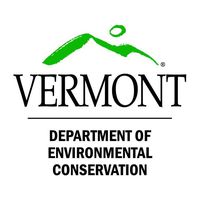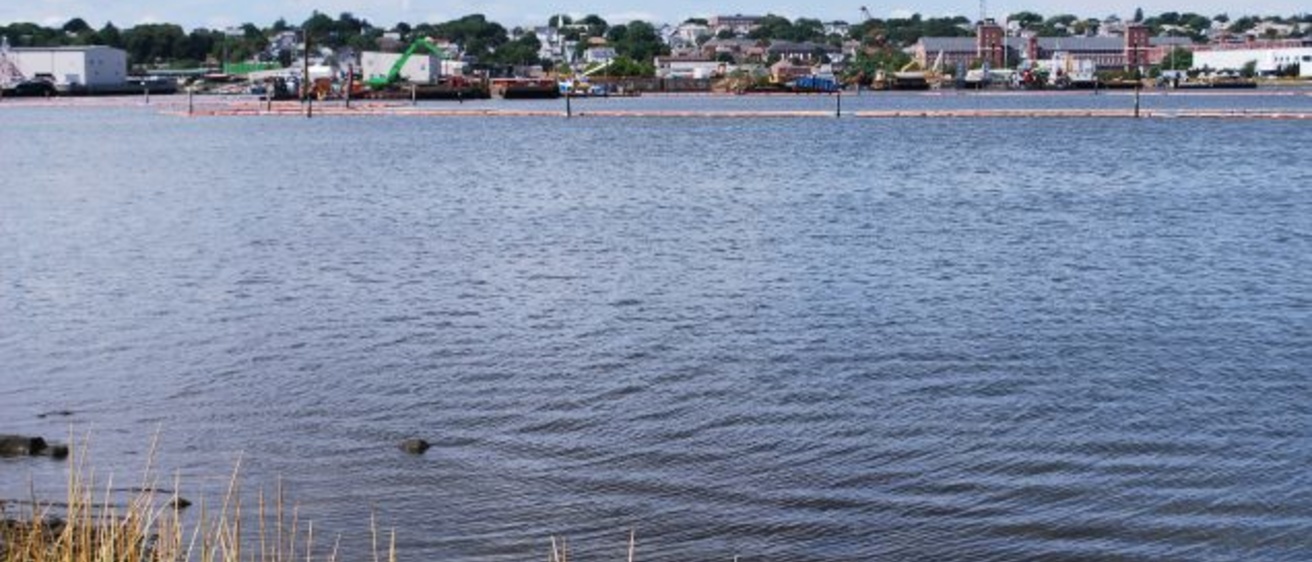The Iowa Superfund Research Program is a solution focused center that relies on partnerships with many different agencies, other SRP centers, funding sources, and community groups. We have listed some of our partners below.
Federal Agencies
- The National Institute of Environmental Health Sciences (NIEHS) is one of 27 research institutes and centers that comprise the National Institutes of Health (NIH), U.S. Department of Health and Human Services (DHHS). The mission of the NIEHS is to discover how the environment affects people in order to promote healthier lives.
- The Superfund Research Program is an NIEHS program that funds university-based multidisciplinary research on human health and environmental issues related to hazardous substances. The central goal is to understand and break the link between chemical exposure and disease. The ISRP works collaboratively with SRP staff and other SRP centers.
- The United States Environmental Protection Agency Superfund web page gives you information about sites in your area, what the process is for a cleanup, technical assistance, annual reports, and many other useful tools.
- The Agency for Toxic Substances and Disease Registry (PCBs) does public health assessments of waste sites, health consultations concerning specific hazardous substances, health surveillance and registries, response to emergency releases of hazardous substances, applied research in support of public health assessments, information development and dissemination, and education and training concerning hazardous substances.
The University of Iowa
- The Graduate College provides funding for the training of ISRP students.
- The Office of the Vice-President for Research provides funds for training students in research, equipment purchases,and salary support. They also assist in evaluating programs and cores.
- IIHR—Hydroscience & Engineering is part of the College of Engineering and provides the ISRP with salary support, office space, equipment purchases funding, and assists with grant and fiscal management.
The State of Vermont Department of Environmental Conservation
The ISRP was assisting a Burlington, Vermont school in assessing whether the school contained high levels of PCBs. From the discussion, the state of Vermont passed a law requiring that all schools in the state built or renovated before 1980 be tested for PCBs. The ISRP helped create the framework for testing the schools and is assisting with creating materials for parents and concerned citizens about PCBs and the process. We have been working on collecting and analyzing PCB data. The Vermont Department of Environmental Conservation has been incredibly helpful in this process.
Portland Harbor Community Coalition
In fall of 2021, staff from the Portland Harbor Community Coalition (PHCC) contacted ISRP researchers with concerns about airborne PCB concentrations around Portland Harbor Superfund Site. The CEC and ISRP researchers had meetings with the PHCC, EPA Region 10, and concerned citizens. The ISRP will do sampling for PCBs around the harbor as well as community engagement that will include local residents in decision making about sampling, data interpretation, and report back.
New Bedford Harbor
- New Bedford Harbor in Massachusetts is filled with sediment highly contaminated with PCBs and heavy metals. From the 1940s until the 1970s, two manufacturing facilities improperly disposed of industrial wastes containing PCBs, contaminating the harbor. The harbor was placed on EPA's National Priorities List in 1982 and continues to require significant time and funding to clean up.
- A description of the EPA harbor cleanup efforts can be found at their EPA Cleanups: Communities around New Bedford Harbor website.
- The University of Iowa Superfund Research Program, in collaboration with the Boston University Superfund Research Center, has been measuring air quality around the harbor. In a paper published in Environmental Science and Technology Letters, Dr. Andre Martinez and Dr. Keri Hornbuckle demonstrated that airborne PCB concentrations in the air surrounding New Bedford Harbor are caused by its water PCB emissions.
- More details on the background of the project, as well as the involvement of the community activist group Toxics Action Center, can be found in a release by the University of Iowa College of Civil and Environmental Engineering. Additional information can be found in an article in the local newspaper SouthCoastToday.
- Local residents of the New Bedford Harbor area are very concerned about the cleanup project. The efforts of the Hands Across the River Coalition are described in an article outlining their annual meeting in April 2017.





